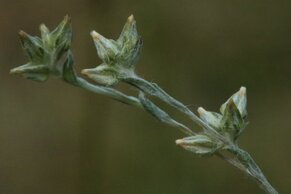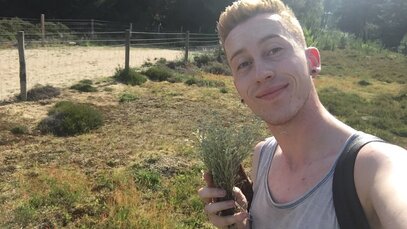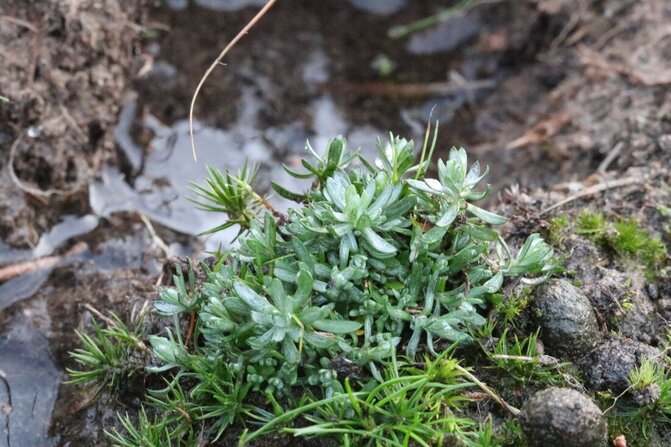Small Cudweed: Swinging Fortunes

Whilst the ‘Swinging Sixties’ were hugely entertaining for many, Small Cudweed (Logfia minima) was not enjoying such a good time: last recorded on the Sefton Coast in 1969, it disappeared largely due to habitat degradation and loss coupled with the disappearance of rabbits. Yes, while the human population was discovering free love, the rabbit population was plummeting, due to the introduction of myxomatosis. While it seems counter-intuitive to link a rabbit decline with a plant decline (usually a decline in the furry nibblers might be associated with an upswing in plant populations), the rabbits’ actions in the form of soil disturbance are crucial to the survival of this species.

Now, thanks to the careful management of large portions of dune heath at Freshfield Dune Heath by Lancashire Wildlife Trust, areas of apparently suitable habitat for this ‘Near-Threatened’ species once again exist – and the rabbits are back, too. Therefore, in June 2019 NWRPI introduced plant seeds that had been sourced from Moore Nature Reserve in Warrington and grown in cultivation off site to Freshfield Dune Heath reserve, with permission from Natural England and Lancashire Wildlife Trust. Surveillance of seeded areas over winter 2019/20 has shown that the plants have established themselves in situ, and NWRPI will be keeping a close eye on them in 2020, hoping that more offspring will appear.
Written by Debra Williams, Words and Deeds
Written by Debra Williams, Words and Deeds

